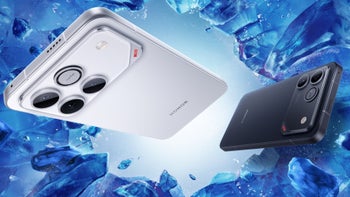Samsung announces the industry’s smallest 0.64μm-pixel sensor for phones

Samsung has now unveiled the world’s smallest mobile image sensor, the 0.64μm-pixel 50MP ISOCELL JN1. The new sensor has entered mass production, and it will bring forward the possibility of having a slimmer design on the phone while still maintaining a high resolution for gorgeous photo quality.
The ISOCELL JN1 is the industry’s smallest 0.64μm-pixel mobile image sensor
The new sensor has tiny 0.64μm pixels in order to achieve a smaller size, so it can be implemented into slimmer phones, and it can be used as the primary camera and the selfie camera, as well as telephoto or ultra-wide sensor.
Awesome cameras everywhere. Introducing the #ISOCELL JN1, 50MP #ImageSensor with 0.64um pixels. Learn more. https://t.co/1TD3F92MZD pic.twitter.com/lBPA4Ghi2n
— Samsung ISOCELL (@samsungisocell) June 10, 2021
ISOCELL JN1 features
Another important feature of the new sensor, apart from that 50MP high resolution, is that it includes Smart ISO for battery dynamic range in high-contrast scenarios. Smart ISO determines the illumination level of the environment and adjusts the dynamic range of the photo. Therefore, it will help maintain detail in highlighted areas, while at low-light scenarios, it should reduce noise.

Complementing the Smart ISO is the inter-scene HDR, which assures optimum exposure levels to create the final image.
The new sensor is now in mass production; however, Samsung did not specify which smartphone vendors will make use of it at this stage. We expect it to make its way on mid-range phones.
Follow us on Google News













Things that are NOT allowed:
To help keep our community safe and free from spam, we apply temporary limits to newly created accounts: